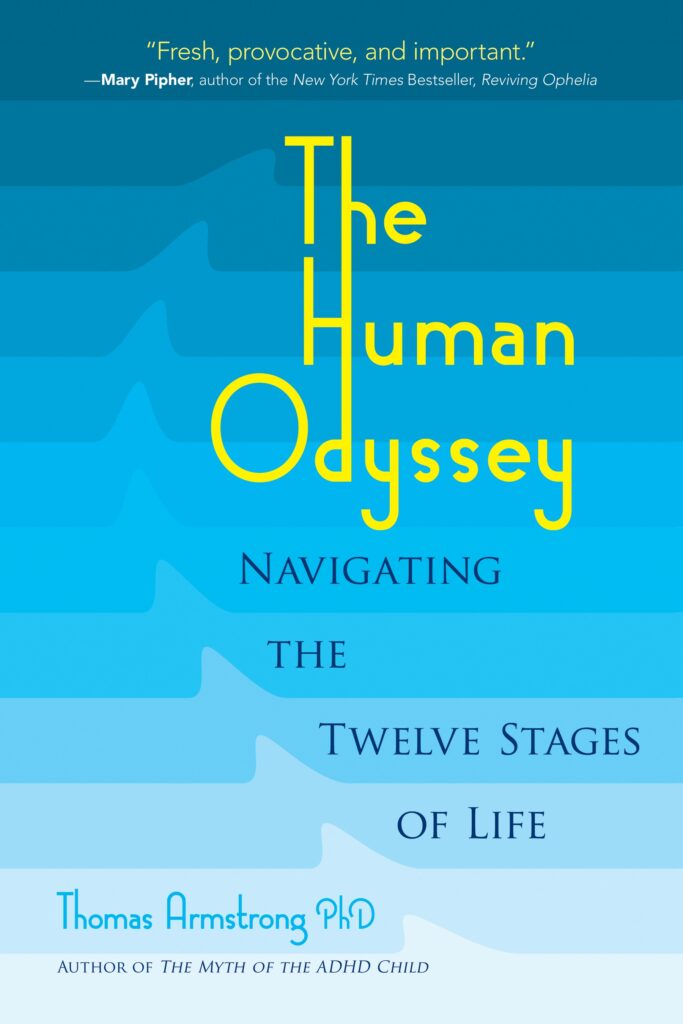 In 2021-2022, I taught a class for the Bridges Graduate School of Cognitive Diversity in Education. and created videos from the lectures I gave. This video is #4 in the 10 video series for the course entitled Introduction to Neurodiversity.
In 2021-2022, I taught a class for the Bridges Graduate School of Cognitive Diversity in Education. and created videos from the lectures I gave. This video is #4 in the 10 video series for the course entitled Introduction to Neurodiversity.
The video describes a concept that I’ve adapted from evolutionary biology called niche construction, which is the process by which organisms (e.g. animals) modify their existing environments to enhance their chances for survival (an idea that is increasingly seen to be as important to evolution as natural selection). I’ve adapted this idea to social institutions, and education and mental health issues in particular, to describe a process through which parents, teachers, mental health professionals, and/or neurodivergent individuals, go about modifying their environments in different ways to ensure their success in school, work, and/or life. I describe eight components of ”positive niche construction” including:
- awareness of one’s strengths,
- positive career affirmations,
- enhanced human resource networks,
- universal design for learning (UDL) strategies,
- environmental modifications,
- positive role models,
- inner resources, and
- educator attributes.
Positive niche construction is a practical way of thinking about neurodivergent individuals and the best way to go about helping them flourish and thrive in the world.
For more information about neurodiversity, see my books The Power of Neurodiversity: Unleashing the Advantages of Your Differently Wired Brain, and Neurodiversity in the Classroom: Strength-Based Strategies to Help Students with Special Needs Succeed in School and Life.
This page was brought to you by Thomas Armstrong, Ph.D. and www.institute4learning.com.
Follow me on Twitter: @Dr_Armstrong





















I love the concept of positive niche construction and how it applies to neurodiversity. Embracing individual strengths and building supportive environments is crucial for fostering inclusivity and success. Kudos to the author for exploring this insightful perspective.
Hi Darrel, Thanks so much for your kind comment!
I am so glad I found your work on Positive Niche Construction. After a lifetime of difficulty I was diagnosed with ASD/ADHD and have found a new life finally embracing academia aged 62. I have retrained as a therapist and am researching Neurodiversity and Solution Focused Therapy. Your work has opened a practical gateway to a positive future, thank you.
Hi Stewart, it’s always so inspiring to read about latebloomers! I’m glad you found the material on positive niche construction helpful. I’ve expanded on it in the new edition of The Power of Neurodiversity, which will be out in August, 2025. Good luck in your work!
Thomas Armstrong